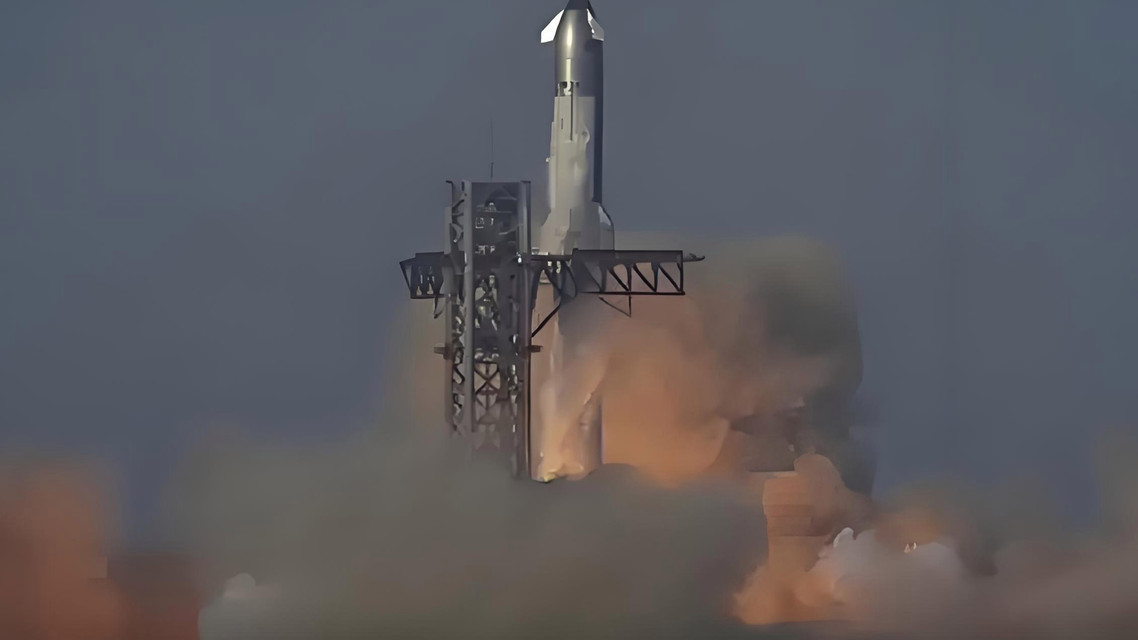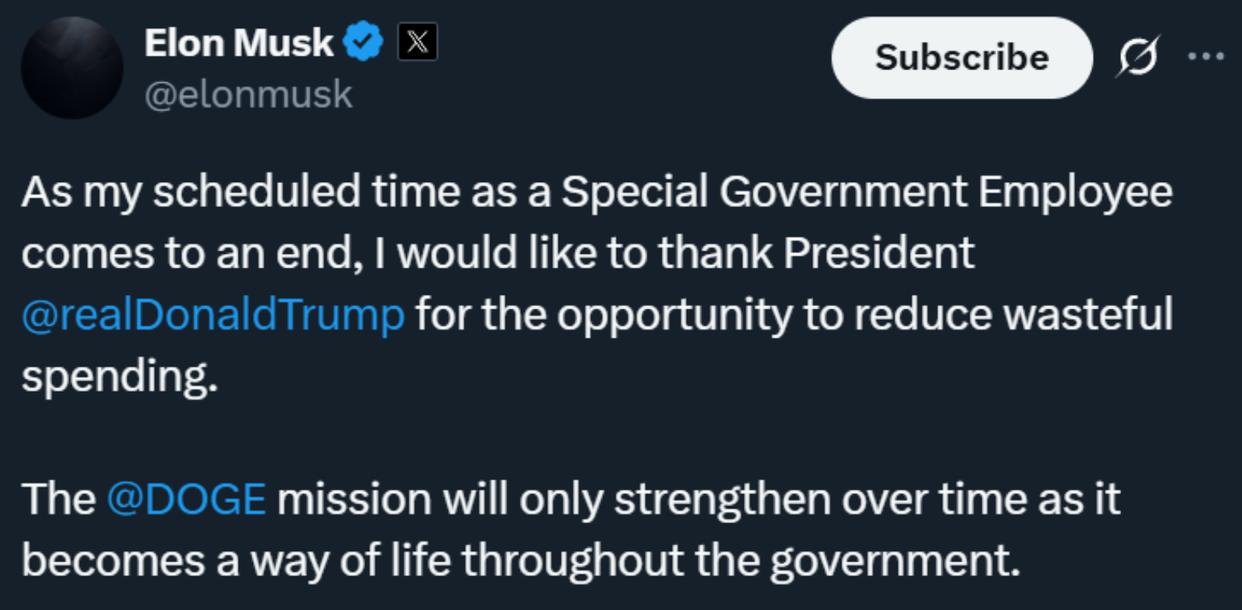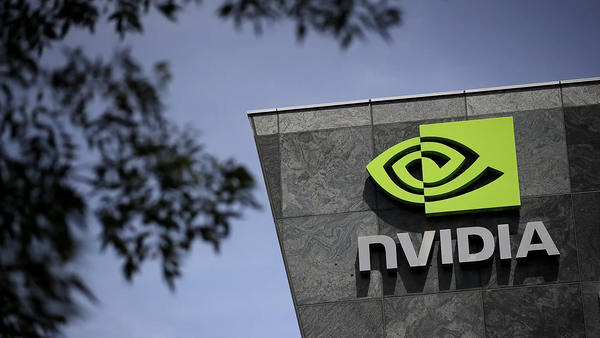
Recently, an interdisciplinary research team from the University of Washington and the UW Medical Center jointly developed a new 3D printed tissue modeling device STOMP (Suspended Tissue Open Microfluidic Patterning). The device is only the size of a fingertip, compact and easy to operate, and can achieve more accurate simulation of complex human tissues in the laboratory. The relevant results have been published in the journal Advanced Science.
Currently, 3D tissue engineering has been widely used in the design and testing of therapies for a variety of diseases, with the goal of creating experimental conditions that are as close as possible to the natural growth environment of cells in the body. A more common modeling method is to suspend cells in a gel between two pillars, so that tissues such as the heart, lungs, skin or musculoskeletal tissues grow in it, but this method still faces challenges when studying multiple tissue types at the same time.
The STOMP device performs well in simulating the complex tissue interface structures involved in neuromuscular diseases. It uses a tissue engineering method called “casting”, which researchers compare to making jelly in a dessert mold. The device works on the principle of capillary action (similar to the phenomenon of water rising in a straw). The researchers use a pipette to precisely inject a gel composed of active ingredients and synthetic materials into the microfluidic channel in the device, which can evenly arrange different types of cells, just like evenly sprinkling fruit in jelly. The device can divide multiple independent areas in a single suspended tissue, and the modeling operation can be completed without additional equipment.
Ashleigh Theberge, the corresponding author of this study and a professor in the Department of Chemistry at the University of Washington, said that the openness and flexibility of STOMP will bring broad research space in the fields of tissue engineering and cell signaling. “This is the result of an interdisciplinary collaboration that shows how scientists can work together to break through the barriers between physical engineering and biomedicine.”
With the promotion of STOMP, future researchers will be able to more easily simulate tissue transition areas such as bones, ligaments, and myocardium, providing a tool basis for exploring complex disease mechanisms and treatment strategies.









